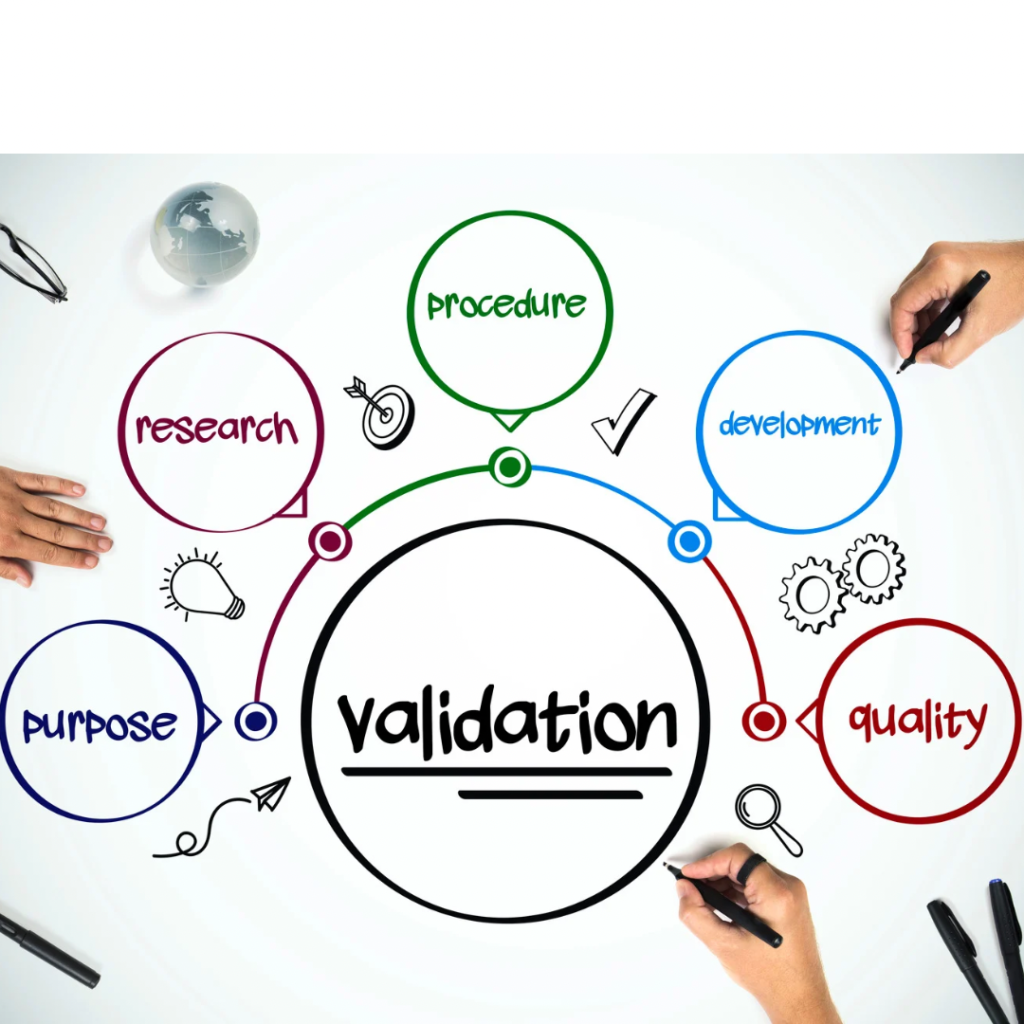
Introduction
In the world of pharmaceutical quality control, precision and accuracy are paramount. This is especially true when it comes to Laboratory Information Management Systems (LIMS), the backbone of data management in pharmaceutical laboratories. Today, I want to shed light on a critical aspect of LIMS implementation – software validation, particularly in the context of mathematical calculations. These calculations, both simple and complex, play a pivotal role in ensuring data compliance for routine analyses, such as Dissolution testing and Content Uniformity of pharmaceutical tablets.
The Significance of Software Validation
At the heart of LIMS implementation lies the software validation process. In the pharmaceutical sector, this process is not merely a formality; it is a fundamental step to guarantee data integrity and adherence to stringent regulations, including Good Manufacturing Practices (GMP).
Incorporating mathematical calculations into the LIMS system is a common practice. These calculations may seem routine, but they underpin critical analyses that directly impact product quality and safety. For example, consider the Dissolution testing of tablets. This essential test assesses how effectively a tablet dissolves, which is crucial for determining its effectiveness. Similarly, the Content Uniformity test ensures that each tablet in a batch contains the right amount of active ingredient, preventing inconsistencies that could impact patient health.
Challenges in Complex Calculations
In pharmaceutical quality control, simple mathematical operations are just the tip of the iceberg. It’s the complex calculations that often make the difference. These intricate algorithms are essential for data analysis in sophisticated tests.
However, it’s in these complexities that challenges may arise. Ensuring the accuracy and reliability of these calculations is no small feat. This is where software validation comes into play. Rigorous testing and validation protocols are necessary to verify that these calculations are not just correct but also consistently reliable.
The Assurance of Compliance
When dealing with critical parameters like Dissolution and Content Uniformity, compliance is non-negotiable. Regulatory agencies demand accurate, repeatable, and validated processes to guarantee data accuracy and ultimately patient safety.
Software validation in LIMS is not a one-time effort but an ongoing commitment. It involves extensive testing to ensure that mathematical calculations produce results within acceptable limits. The validation process establishes that the software consistently performs these calculations as expected, regardless of data volume or variations.
The Road to Data Reliability
In conclusion, the implementation of mathematical calculations in LIMS systems is a fundamental aspect of pharmaceutical quality control. Simple or complex, these calculations are integral to analyses that determine product quality and patient safety. Software validation is the bridge that ensures these calculations are not only correct but reliable, adhering to GMP and data integrity principles.
Mastering the validation process is a commitment to data reliability. It assures that pharmaceutical laboratories can confidently perform routine analyses, like Dissolution and Content Uniformity, with the utmost precision and compliance. The next time you take your medicine, remember that it’s this dedication to data integrity that ensures your safety and wellbeing.
